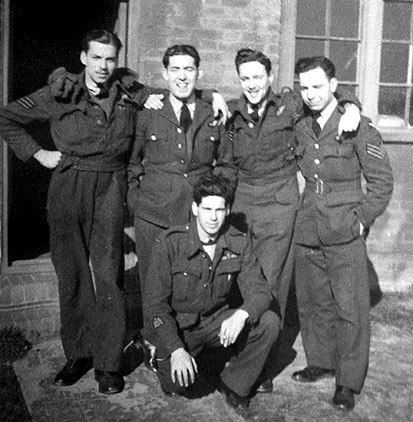

Unopposed on the way to and over the target area, the bombers were however harried on the way out. Halifaxes formed the majority of the 111 aircraft taking part, and of the losses. This was not the most successful operation as much of the ordnance apparently landed in adjacent fields and only a few bombs hit the marshalling yards. It was shot down by a Luftwaffe night fighter over Belgium early on after bombing the railway yards at Hasselt - one of some 15 attacks on the same target in less than two months, as the Allies attempted to degrade the transport infrastructure in German-occupied Europe ahead of the planned invasion a few weeks later (D-Day, 6 June). As I was minded to make a Halifax III anyway I set about browsing my books and the internet for a likely candidate.īy and by I stumbled across HX334, based at RAF Lissett in Yorkshire, which carried the NP-C codes of 158 Squadron. In that sense they were not affiliated with any particular aircraft. As she put it, "my dad was with the 'u bend em we mend' group, and mom was a cook in the sergeants' mess". In this case there was a peg of sorts - just a suggestion from someone whose parents were both in 158 Squadron during the Second World War. More often than not I am either working on a scene that I have had on my lengthy 'to do' list for a while, or I have been commissioned by a relative or an editor to make a picture focusing on a particular event. The story was not one I knew about when I started making the picture, which is the opposite of how things normally go. On the night of it headed for a target in Belgium – and did not come back. My latest picture features a Handley Page Halifax III of 158 Squadron.

Look on the Links page for their addresses.Handley Page Halifax III HX334 / NP-C of 158 Squadron © Gary Eason There are some excellent web sites dedicated to the Halifax. One such occasion that this happened was during the April 1942 raids on the Battleship Tirpitz. However, it was on occasion flown by a crew of six with the Flight Engineer taking the 2nd Pilots seat for take off and landings. The Halifax generally carried a crew of seven: Pilot, 2nd Pilot, Navigator, 1st Wireless Op/Air Gunner, 2nd Wireless Op/Air Gunner, Tail Gunner and a Flight Engineer. It was 70 feet 1 inch long, 20 feet 9 inches in height and had a wingspan of 98 feet 8 inches. The Halifax was an impressively large aircraft. 303 inch Browning machine guns in the nose, mid upper and tail turrets and it had a bomb load of 13,000 lb. This type of Halifax was armed with eight. It had a service ceiling of 22,000 feet and a range of 1,900 miles.
#Halifax bomber crew members series#
The B MK series 1 was powered by four Rolls-Royce Merlin XX engines and had a maximum speed of 254 mph at 12,750 feet and a cruising speed of 190 mph at 15,000 feet. 303 inch Browning machine guns in the nose and tail turrets, and four Vickers K gas-operated guns in the beam positions and could carry a bomb load of 13,000 lb.Īrchie also flew B MK series 1 Halifax, designated HP59 while he was with 35 Squadron. They had a cruising speed of 195 mph at 15,000 feet, a service ceiling of 18,000 feet and a range of 1,860 miles. These heavy bombers were powered by four Rolls-Royce Merlin X engines and had a maximum speed of 255 mph at 7,000 feet. The Halifaxes that Archie was flying during his time with 35 Squadron were MK1 series 2, B MK2 series 1, MK2 Series 1 and MK2 series 2 - designated HP57. Unlike some of the other heavy bombers, the design and specification of the Halifax made it a suitable candidate for other tasks such as maritime patrol, troop transportation and as a tow plane for gliders. The Halifax was not solely used as a heavy bomber. The Halifax was 'christened' at Radlett on 12th September 1941 by Viscount and Lady Halifax.įurther adjustments and modifications followed over the years that the Halifax was in service. The first Halifax B Mk I entered in to service in November 1940 and saw it's initial operational sortie in March 1941 when it took part in a bombing raid on Hamburg. Modifications were required and the second prototype flew in August 1940. Manufactured by Handley Page Ltd, Cricklewood, London the first prototype flew from RAF Bicester in October 1939.


 0 kommentar(er)
0 kommentar(er)
